What is the Forest Preserve?
What is the Forest Preserve?
What and where is the New York State Forest Preserve?
The New York State Forest Preserve is a combination of public and private lands that have special protections in New York State’s Constitution, and are managed by the state’s Department of Environmental Conservation (DEC). You can find the nearly 2 million, 888 thousand acres of Forest Preserve land within the Adirondack and Catskill Parks.
The Adirondack Park was created in 1892, and is the larger of the two parks. At 6 million acres, the Adirondack Park is larger than Yellowstone, the Everglades, the Grand Canyon, and Glacier National Parks combined, making this New York region the largest protected area in the contiguous United States.
2.6 million acres of Forest Preserve land falls within the Adirondack Park.
Further south, the Catskill Park was established in 1904 and protects 700,000 acres. The Catskill Park is not only a recreation destination, but also contains 287,000 acres of Forest Preserve land that provides crucial drinking water to New York City.
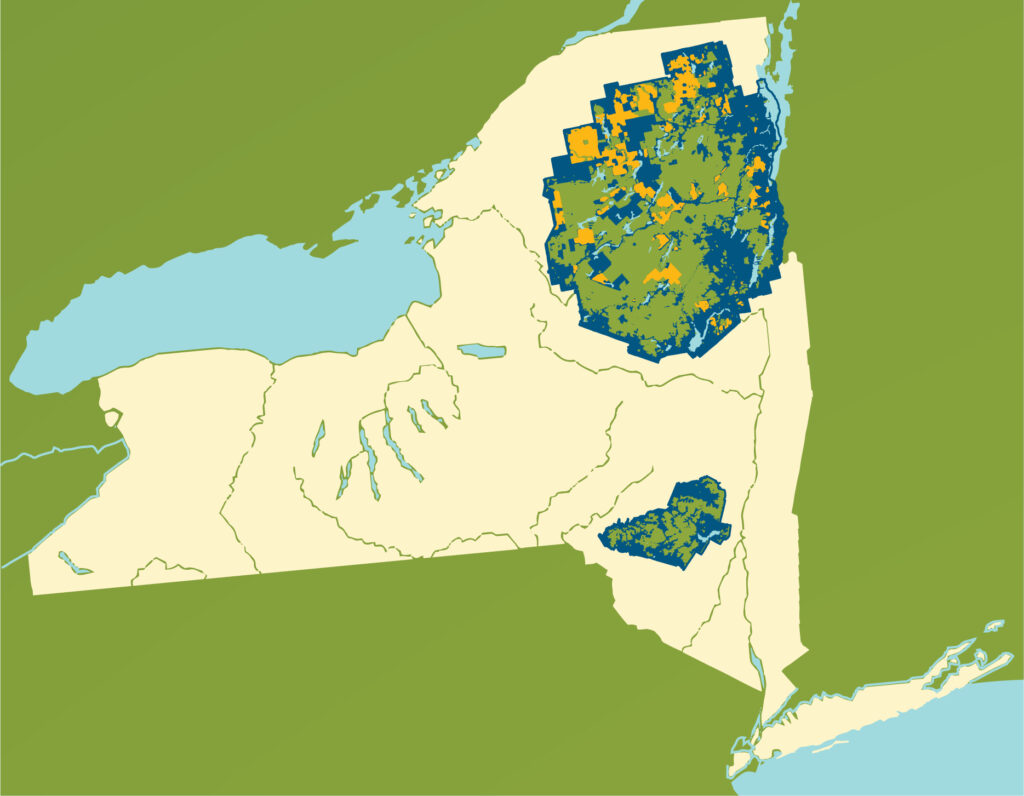
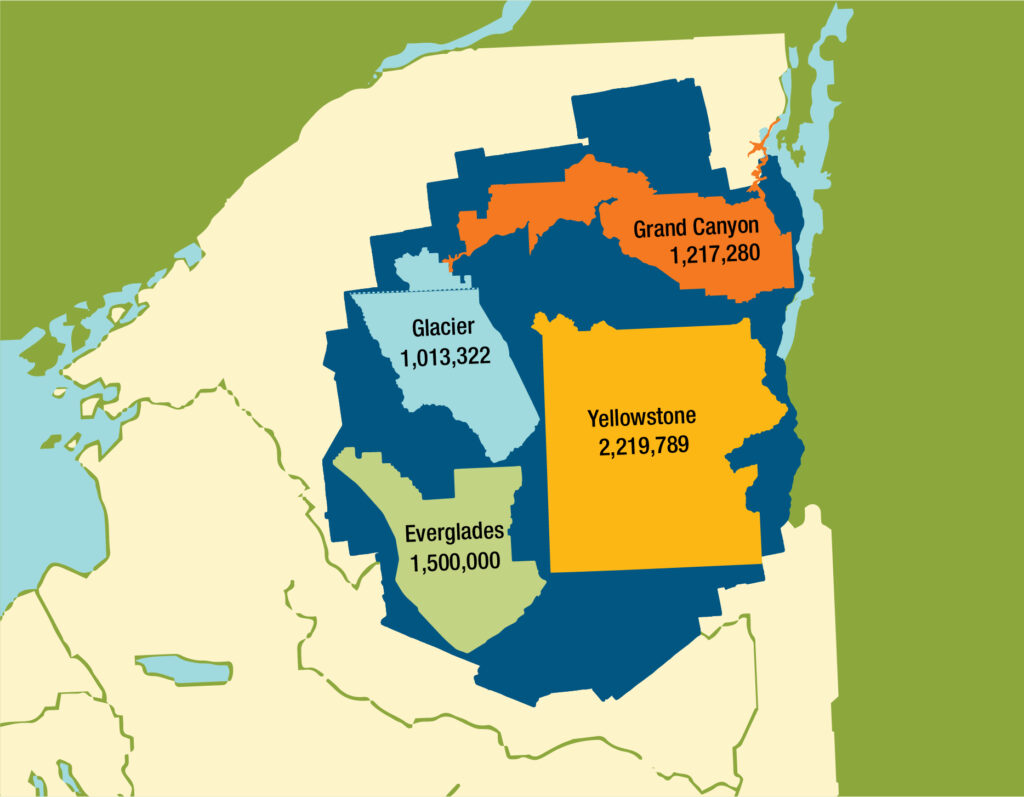
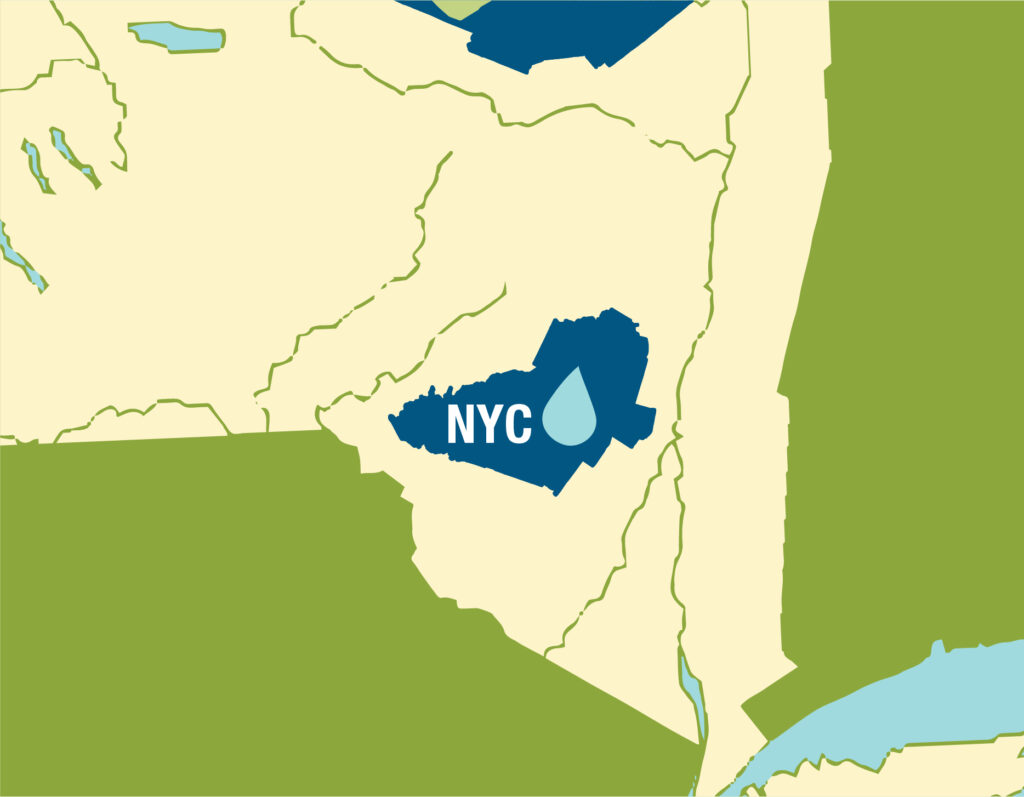
Why is the Forest Preserve Important?
The New York State Forest Preserve is a globally-significant resource that plays an important role in the lives and well-being of all New Yorkers. The Preserve contains unique wetlands, old growth or “primeval” forest, thousands of lakes, rivers, and streams, and imperiled alpine flora. The ecologically diverse habitats of the Forest Preserve are also home to threatened, vulnerable, and endangered species. And the trees of the forest can play a major role in sequestering carbon, while preventing erosion, flooding, and mitigating temperature fluctuations.

A Turning Point for Forest Preserve Trails
All of this varied and beautiful terrain provides opportunities for world-class hiking and other outdoor recreation along thousands of miles of trails Forest Preserve. This, in and of itself, is an incredible benefit to the state, both for individuals who have come to enjoy the benefits of nature for their health and wellbeing, as well as for the communities that rely on these visitors to support their local economy.
But many, if not most, Forest Preserve trails depict the vision of late 19th– and early 20th-century hiking guides, who sought to create the most direct routes to summits, without much thought given to environmental considerations. As a result, these trails, which often run along streambeds, through wetlands, and over alpine habitats, experience excessive levels of erosion and other forms of degradation.
With more hikers on the trail than ever before, and with more frequent and severe climate change-related storms, the legacy of the original trailblazers is eroding, leaving behind paths that are unsafe and unsustainable for today’s hikers. So what is the solution?
For our best prevention and mitigation strategies, read on here.
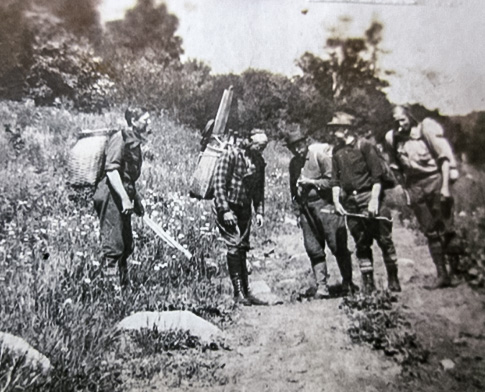
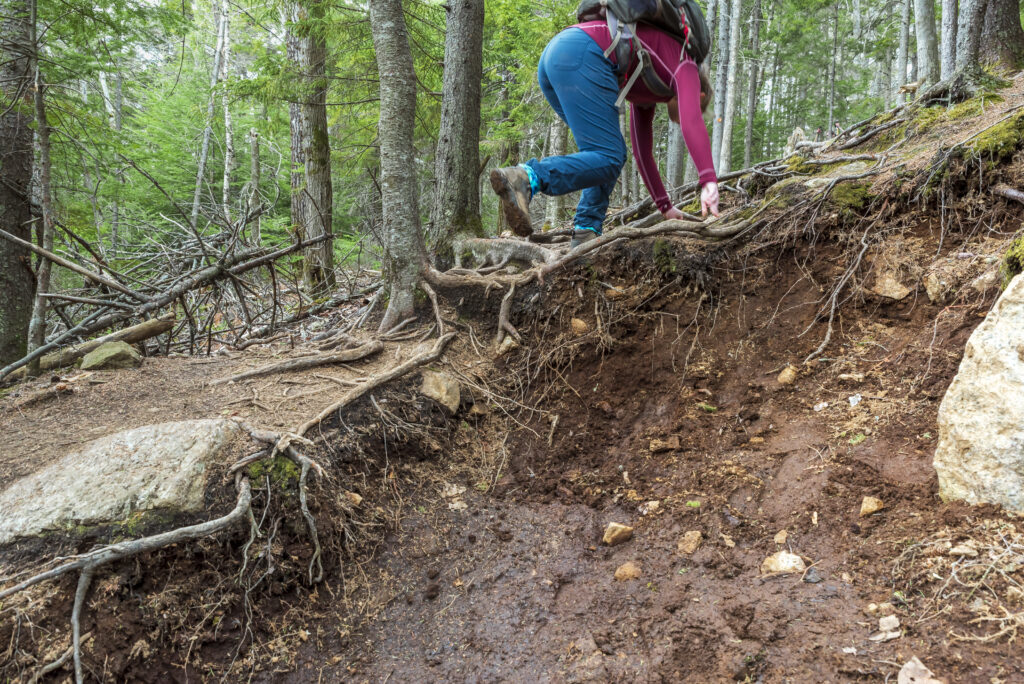

Related
Mud Season: Quick Facts
Just what is mud season? Running anytime from late March into mid-June—it varies each year […]
Spring on the NPT
by Jeffrey Case In the Spring a fuller crimson comes upon the robin’s breast; In the […]
Impromptu Honeymoon on the NPT
by Addison Wolanin My wife, Shannon, and I got married in July 2020—and we all […]
ADK’s Visitor Centers Provide Critical Services
February 7, 2024 — Lake Placid, NY — Data from two Adirondack Park visitor centers […]

